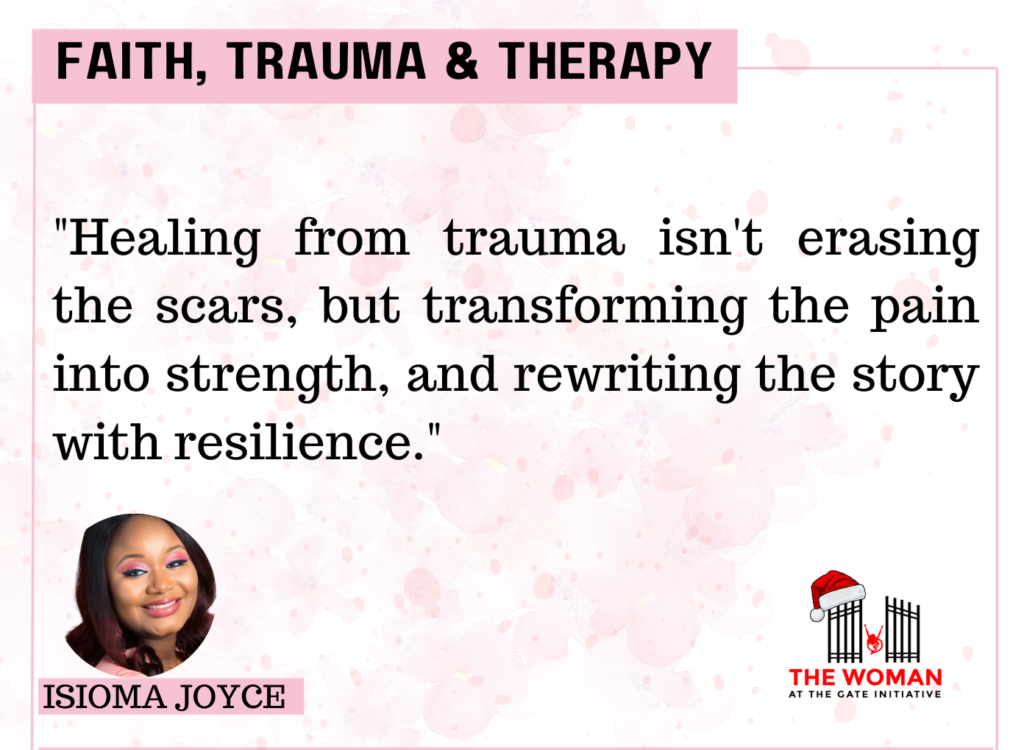
Introduction:
Healing from trauma is a profound journey that goes beyond merely erasing scars; it’s a transformative process that involves turning pain into strength and rewriting the narrative with resilience. This perspective on healing acknowledges the enduring impact of trauma while emphasizing the power within individuals to overcome adversity and emerge stronger. Let us take a how to navigate strength and resilience in the wake of trauma.
1. Understanding Trauma:

Trauma, in its various forms, can deeply wound the mind, body, and spirit. Whether stemming from a single life-altering event or prolonged exposure to distressing circumstances, its effects can linger, casting a shadow over one’s sense of self and well-being. Recognizing the complexity of trauma is the first step towards a path of healing.
2. Embracing Scars as Testaments of Resilience:

“Healing from trauma isn’t erasing the scars.” Scars tell a story—a story of survival, resilience, and the strength to endure. Instead of viewing scars as blemishes to be hidden, they should be embraced as testaments to the battles fought and won. Each scar represents a step taken on the path to healing, and in accepting them, individuals can find empowerment and self-compassion.
3. Transforming Pain into Strength:

“But transforming the pain into strength” signifies a crucial aspect of the healing process. Rather than being defined by the suffering, individuals can channel their pain into a source of strength. This transformation involves cultivating resilience, learning from the experience, and discovering an inner fortitude that may have remained dormant. It is through this metamorphosis that individuals can begin to reclaim control over their narrative.
4. Rewriting the Narrative with Resilience:

“And rewriting the story with resilience.” This phrase encapsulates the idea that healing is not about forgetting the past but reframing it. By acknowledging the pain and embracing the strength gained, individuals can rewrite their life story with resilience as the central theme. This process involves creating a narrative that empowers rather than victimizes, fostering a sense of agency and authorship over one’s own life.
5. The Healing Journey:

Healing from trauma is not a linear process; it involves highs and lows, progress and setbacks. Seeking professional support, such as therapy and counseling, can provide invaluable guidance on this journey. Additionally, cultivating a support network of friends and family can offer the understanding and encouragement needed during challenging times.
Conclusion:
“Healing from trauma isn’t erasing the scars, but transforming the pain into strength, and rewriting the story with resilience.” This profound perspective encapsulates the essence of the healing journey. It encourages individuals to embrace their scars, transform pain into strength, and rewrite their narratives with resilience as the driving force. In doing so, healing becomes a testament to the human spirit’s remarkable capacity for growth, renewal, and the triumph of the human will over adversity.

